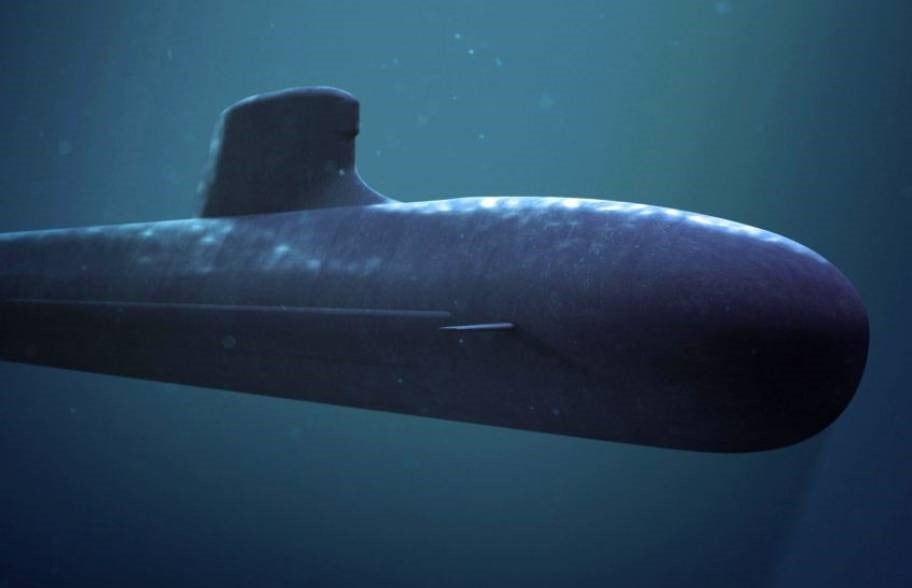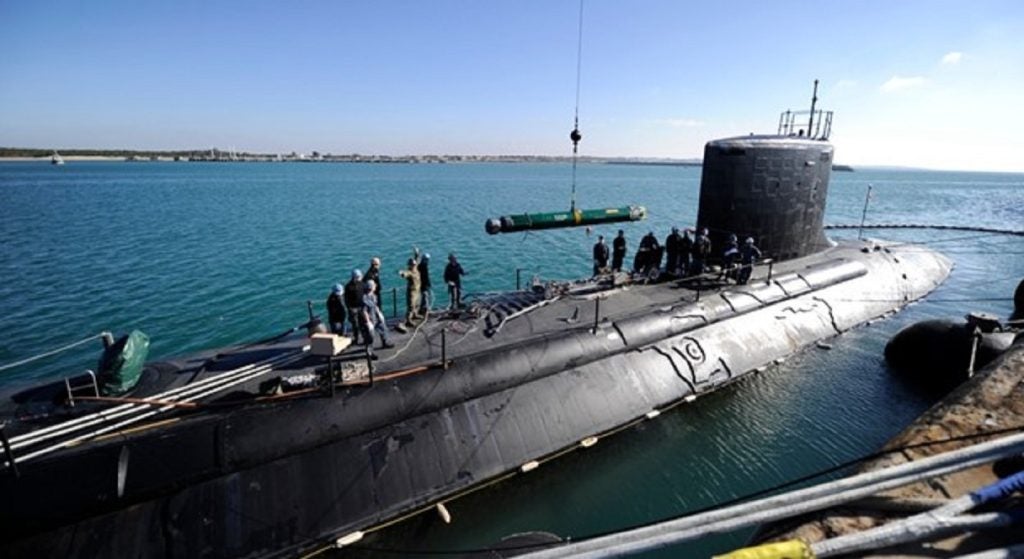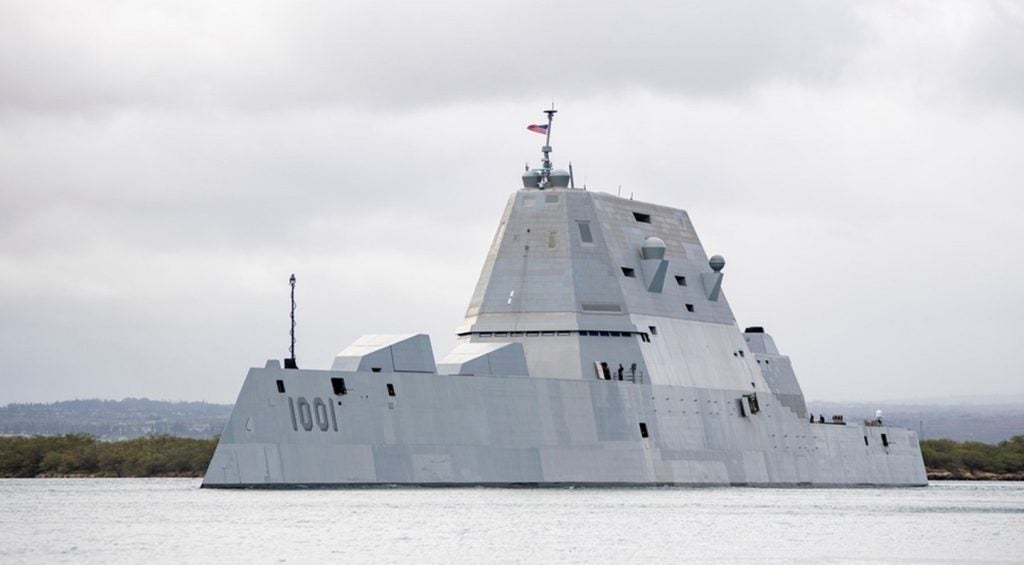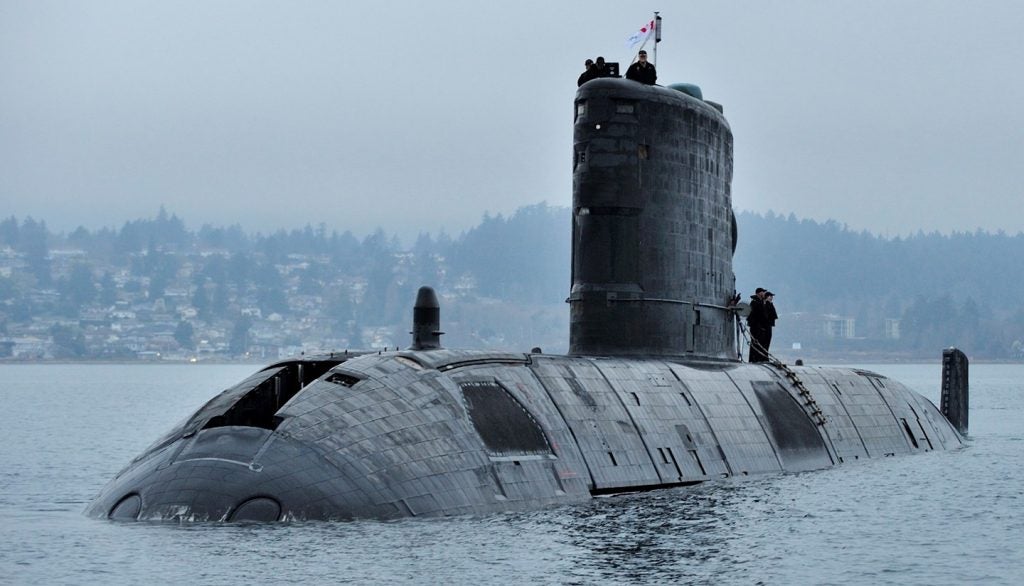Secure messaging solutions for naval applications: Introduction
In the complex world of naval operations, the importance of secure messaging cannot be overstated.
As the digital landscape evolves, the need for robust secure messaging services that can withstand the sophisticated threats of the modern age is ever more essential.
Our carefully researched and professionally written buyer’s guide provides a wealth of information for buyers looking to secure messaging solutions tailored for naval applications.
Understanding secure messaging in naval contexts
Secure messaging in naval applications is not merely about encrypting text. It involves a complex interplay of confidentiality, integrity, and availability of data, ensuring that sensitive information is transmitted without interception or tampering.
See Also:
Direct secure messaging is a cornerstone of military communications, where the immediacy of threat response and the precision of command are non-negotiable.
When searching for a secure messaging service, several key factors come into play.
These include the level of encryption, the resilience of the system against cyber-attacks, the ease of integration with existing naval systems, and the ability to operate in a challenging maritime environment where connectivity can be intermittent.
Key considerations: Selecting the right secure messaging service
The selection of a secure messaging service for naval applications is a decision that must be approached with diligence.
The chosen solution must offer end-to-end encryption, ensuring that messages remain confidential from the sender to the receiver.
Moreover, it should provide a means of authentication to verify the identity of communicators, thus preventing impersonation or unauthorized access.
Another critical aspect is the system’s resilience to cyber threats.
Naval operations are a prime target for cyber adversaries, making it essential for secure messaging systems to have robust defensive measures in place, such as intrusion detection systems and regular security audits.
Interoperability is also a significant consideration.
The secure messaging solution must seamlessly integrate with other naval systems, including command and control platforms, without compromising security or operational efficiency.
Finally, the service must be designed to function reliably in the maritime environment.
This includes being able to handle the unique challenges posed by satellite communications, such as latency and signal degradation.
Industry-leading systems and solutions in secure messaging for naval applications
When evaluating secure messaging solutions, it is beneficial to be aware of specific systems and solutions that have been tailored for naval use.
Some of the current industry-leading solutions for buyers to consider include, but are not restricted to:
- ThalesDatacryptor
- BAE Systems‘ Secure Information Gateway
- Lockheed Martin‘s CENTURION
- General Dynamics‘ Sectéra® vIPer™ Phone
- Raytheon’s Trusted Thin Client
- Harris’ Falcon III® RF-7800M-MP
- L3Harris’ Secure Terminal Equipment (STE)
- Northrop Grumman‘s CyberShield
- Ultra Electronics‘ CryptoConnect
- Rohde & Schwarz‘s NAVICS
- Leonardo‘s Black Shark Radio
- Airbus‘ Secure Land Communications (SLC)
- Saab‘s TactiCall Integrated Communication System
- Elbit Systems‘ E-LynX™ family of radios
- ViaSat‘s KG-250X/KG-250XS Secure Network Encryptor
Latest technological advancements in secure messaging for naval applications
The landscape of secure messaging solutions fornaval and defenseapplications is continually advancing.
Some of the most relevant and recent technological developments include, but are not limited to:
- Integration of artificial intelligence (AI) for anomaly detection, enhancing the ability to identify and respond to threats proactively.
- Quantum-resistant cryptography is also emerging as a critical area, preparing secure messaging systems for the advent of quantum computing and the potential risks it poses to current encryption standards.
- Blockchain technology is being explored for its potential to create tamper-proof communication logs, ensuring an immutable record of message exchanges.
- Advancements in satellite communication technologies are improving the reliability and speed of secure messaging in remote maritime areas.
Secure messaging solutions for naval applications: Our conclusion
In conclusion, secure messaging services for naval applications are an intricate field that demands attention to detail and an understanding of the unique challenges faced at sea.
The right solution must offer robust encryption, cyber resilience, interoperability, and reliability in the maritime environment.
As technology advances, these systems will continue to evolve, offering even greater security and efficiency for naval operations.





